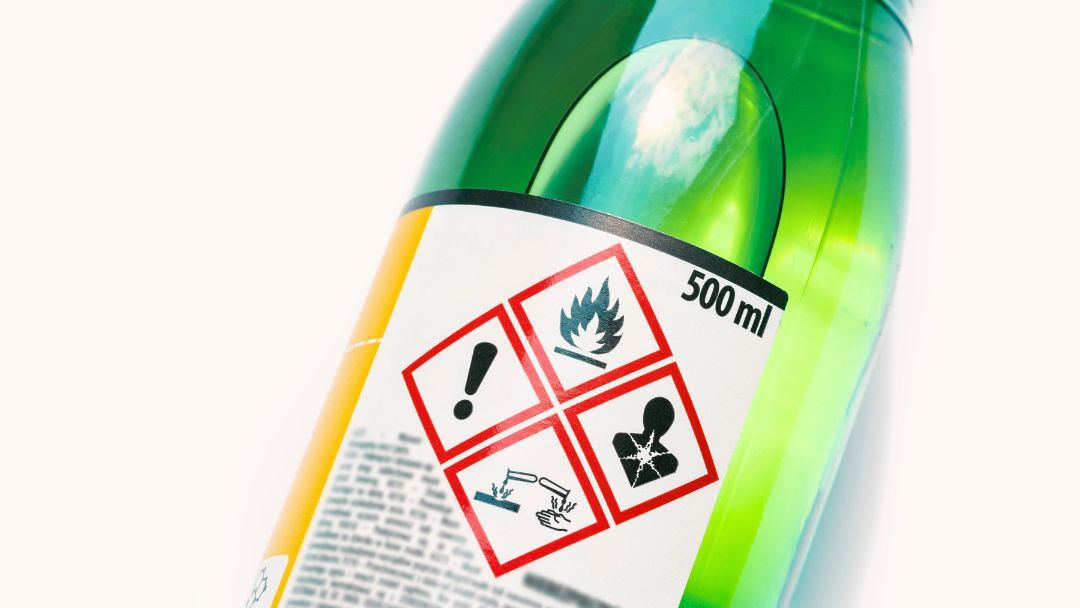Workplace safety is a paramount concern in Canada, and the Workplace Hazardous Materials Information System (WHMIS) plays a pivotal role in ensuring the safe handling of hazardous materials. Proper training and compliance are at the heart of WHMIS, equipping workers with the knowledge to navigate potential risks. Let’s dig into the essential aspects of training and compliance with WHMIS and highlight some key practices that contribute to safer and more secure work environments.
Overview of the WHMIS System
Workplace Hazardous Materials Information System (WHMIS) is integral to Canadian workplace safety. It classifies, labels, and provides Safety Data Sheets (SDSs) for hazardous materials. Key components include hazard classification, labelling, SDSs, and worker education. WHMIS ensures that workers understand material hazards, fostering a safe work environment.
Components:
Components:
1. Classification:
Categorizes hazardous materials into classes, aiding risk comprehension.
2. Labelling:
Mandates labels on products with hazard symbols and essential information.

3. Safety Data Sheets (SDSs):
Detailed documents outlining product properties, hazards, and safe handling.
4. Worker Education:
Ensures employees receive training on hazards and safe product usage.
Importance:
WHMIS is crucial for legal compliance and creating a secure workplace. It empowers workers, reduces accidents, and aligns with the commitment to workplace well-being. Employers play a key role in WHMIS compliance, ensuring proper training and management of hazardous materials.
In summary, WHMIS is the foundation for Canadian workplace safety, promoting informed decisions and a commitment to safeguarding the health and safety of every worker.In office settings and other workplaces, employee involvement in safety programs is highly encouraged. This involvement fosters a proactive safety culture, where WHMIS-related concerns are readily identified, reported, and addressed.
WHMIS is crucial for legal compliance and creating a secure workplace. It empowers workers, reduces accidents, and aligns with the commitment to workplace well-being. Employers play a key role in WHMIS compliance, ensuring proper training and management of hazardous materials.
In summary, WHMIS is the foundation for Canadian workplace safety, promoting informed decisions and a commitment to safeguarding the health and safety of every worker.In office settings and other workplaces, employee involvement in safety programs is highly encouraged. This involvement fosters a proactive safety culture, where WHMIS-related concerns are readily identified, reported, and addressed.
WHMIS Classification and Labelling
WHMIS Classification and labelling are pivotal aspects of the Workplace Hazardous Materials Information System in Canada. They ensure standardized communication of material hazards, fostering a safe work environment.

Classification:
WHMIS classifies hazardous materials into specific categories, providing a systematic approach to understanding their potential risks. This categorization is crucial for hazard identification and risk assessment in workplaces.
Labelling:
Labelling mandates clear and standardized labels on hazardous products. These labels include hazard symbols, product identifiers, and essential information for safe handling. Proper labelling aids workers in quickly identifying potential hazards associated with materials.
Importance:
The classification and labelling processes are fundamental for legal compliance and effective communication in workplaces. They enable workers to recognize and respond to potential dangers, contributing to a safer work environment.
WHMIS classification and labelling empowers workers to navigate their work environments safely.
Safety Data Sheets (SDSs) in WHMIS
Safety Data Sheets (SDSs) are integral to the Workplace Hazardous Materials Information System (WHMIS) in Canada, providing comprehensive information about hazardous products. SDSs is a crucial tool for ensuring workplace safety and regulatory compliance.

Content:
SDSs contains detailed information about the properties, hazards, and safe use of hazardous materials. They include product identification, hazard identification, composition, first-aid measures, and more.
Access:
Employers are required to ensure that SDSs is readily accessible to employees. This accessibility ensures that workers have the necessary information to handle hazardous materials safely.
Training:
Training on interpreting and using SDSs is a key component of WHMIS education. Workers need to understand how to access and interpret SDSss to make informed decisions about handling hazardous materials.
Emergency Response:
In emergencies, SDSs serve as a critical resource. They guide proper response procedures, including first aid, firefighting measures, and accidental release measures.
Legal Compliance:
Having up-to-date SDSs for all hazardous materials is a legal requirement in WHMIS. Employers must maintain a repository of SDSs for the products used in their workplaces.
In conclusion, Safety Data Sheets are a vital component of WHMIS, offering detailed information essential for safe handling, emergency response, and regulatory compliance in workplaces.
Training and Compliance with WHMIS
Training and compliance are fundamental aspects of the Workplace Hazardous Materials Information System (WHMIS) in Canada, ensuring that workers have the knowledge and skills to handle hazardous materials safely.
Training Programs:
Comprehensive training programs are essential to educate employees on WHMIS regulations, including the identification, classification, and labelling of hazardous materials. Training ensures awareness of potential risks.

Regular Updates:
WHMIS regulations may evolve, requiring ongoing training to keep employees informed about changes. Regular updates ensure that workers stay compliant with the latest safety standards.
Compliance Checks:
Employers are responsible for regularly assessing and ensuring compliance with WHMIS regulations in the workplace. This includes verifying proper labeling, storage, and employee understanding of hazardous materials.
Documentation:
Maintaining records of WHMIS training and compliance activities is crucial. Proper documentation serves as evidence of a commitment to safety and compliance during inspections.
Integration with Workplace Practices:
Integrating WHMIS training into everyday workplace practices enhances compliance. Employees are then able to apply their knowledge in real-world scenarios, reinforcing a culture of safety.
Effective training programs (like WHMIS 2015), regular updates, compliance checks, proper documentation, and integration with workplace practices are key elements ensuring adherence to WHMIS regulations in the pursuit of a safe and compliant working environment.
Level up your workplace safety!
